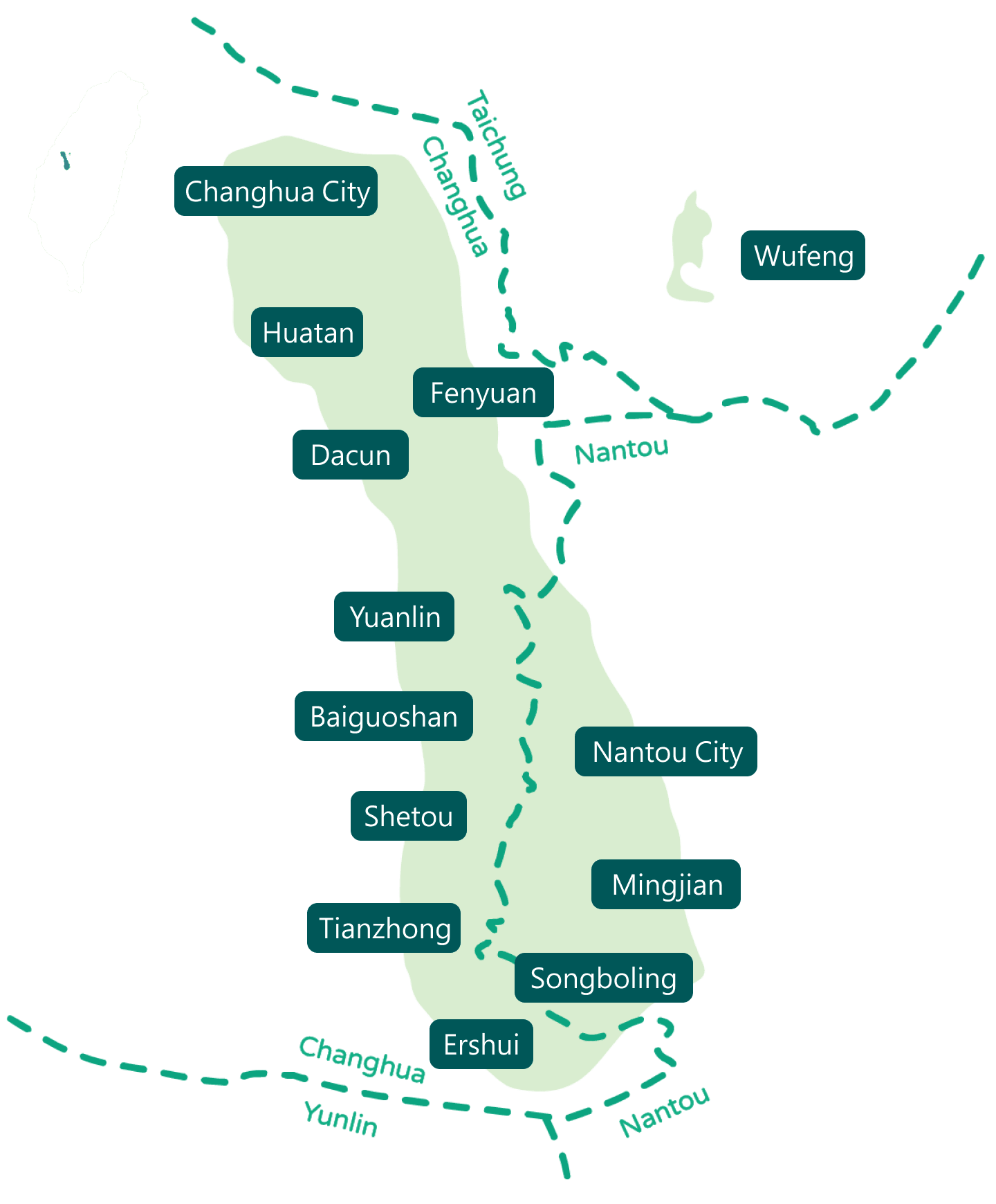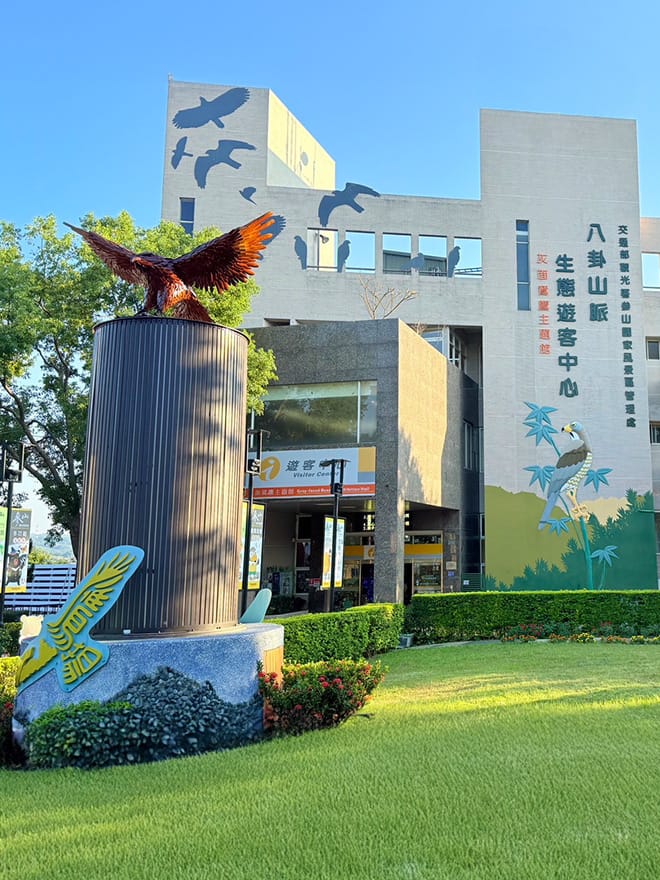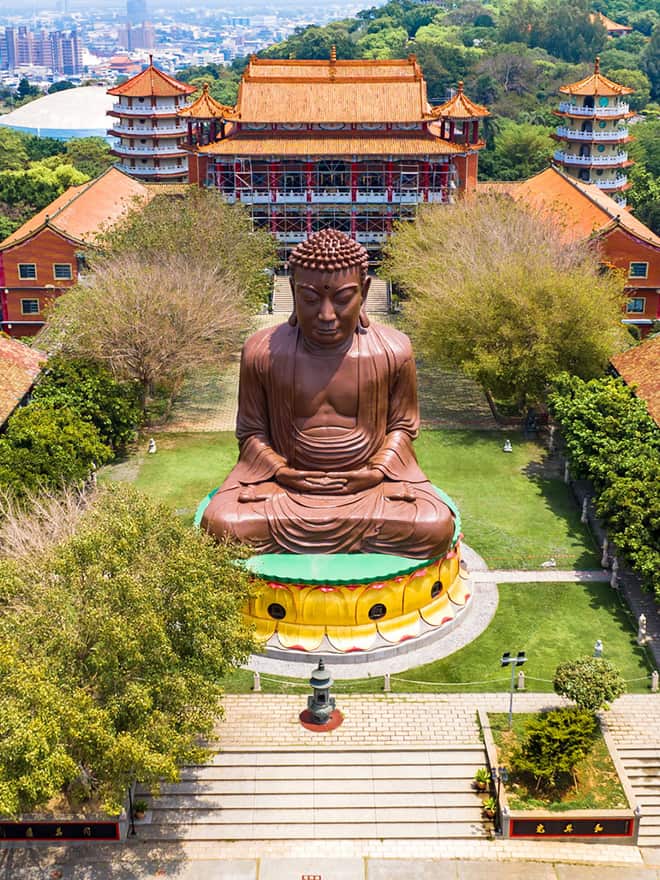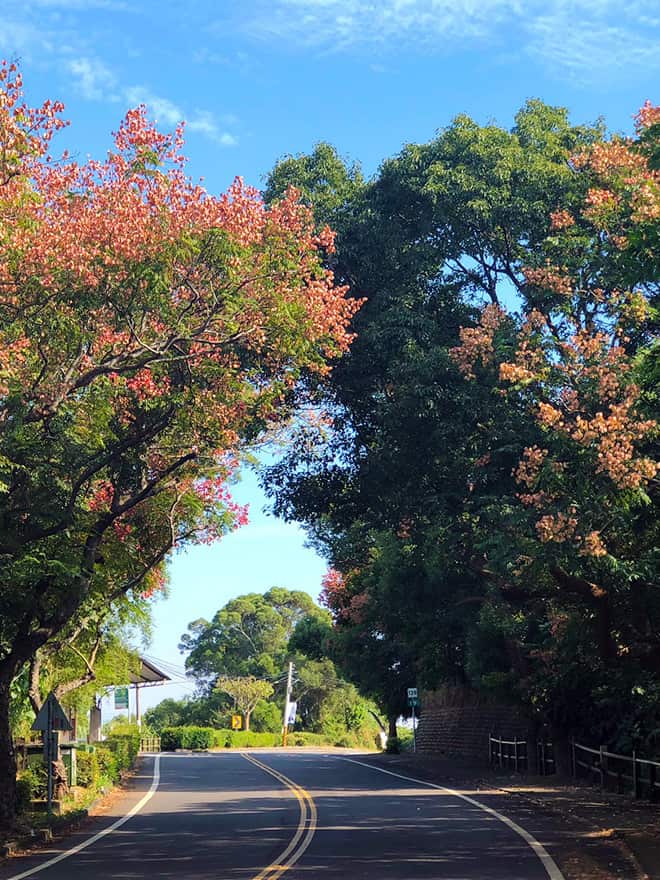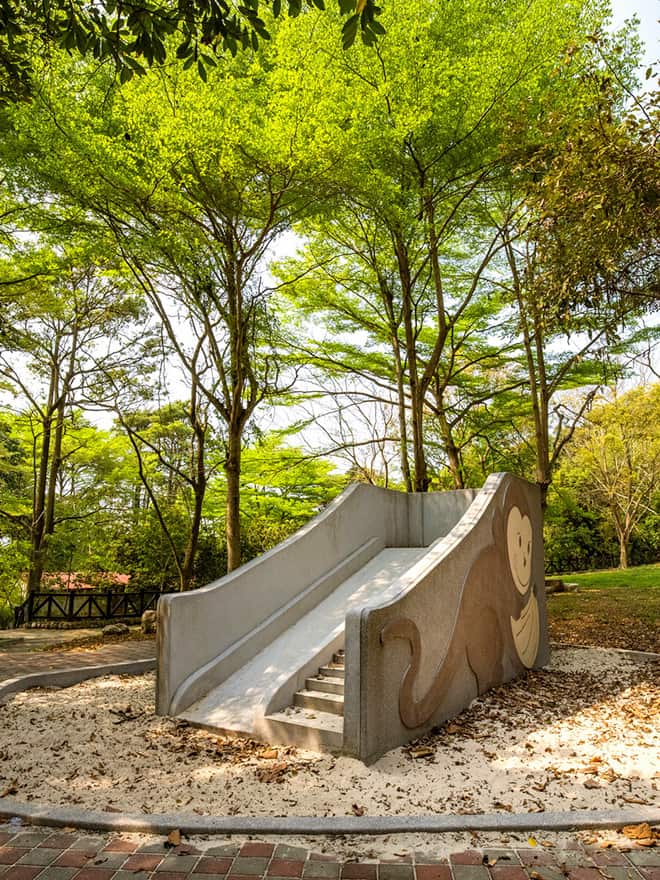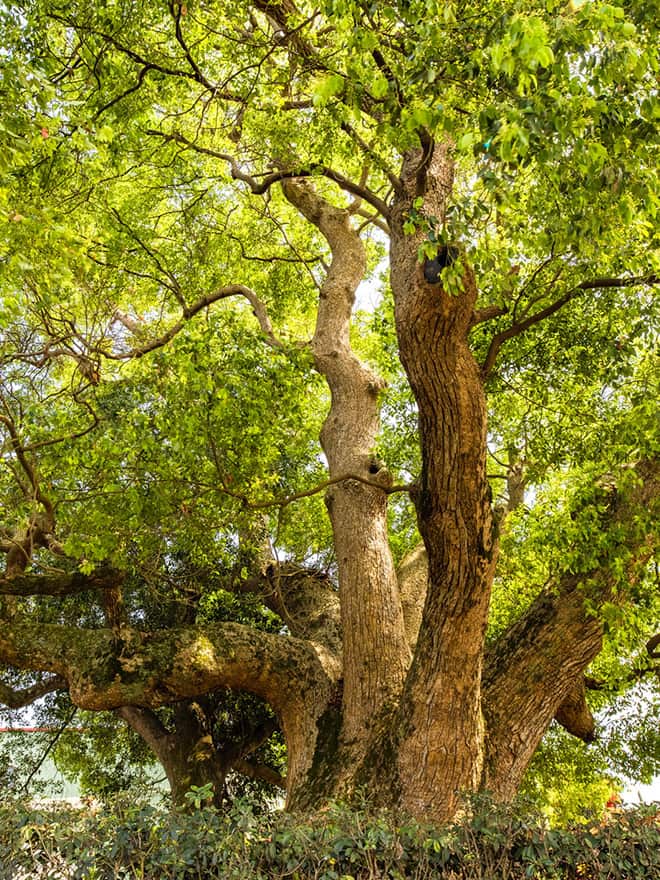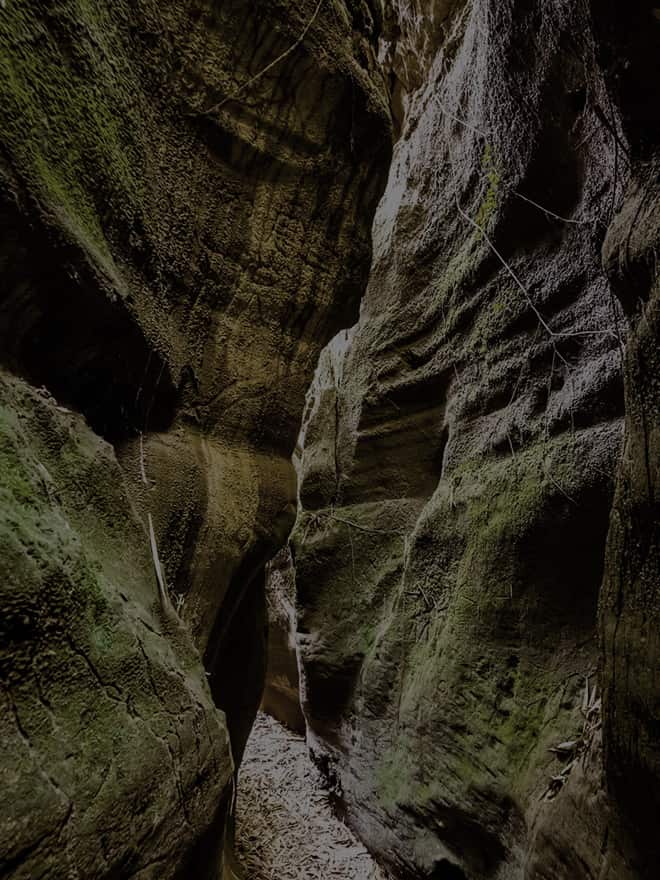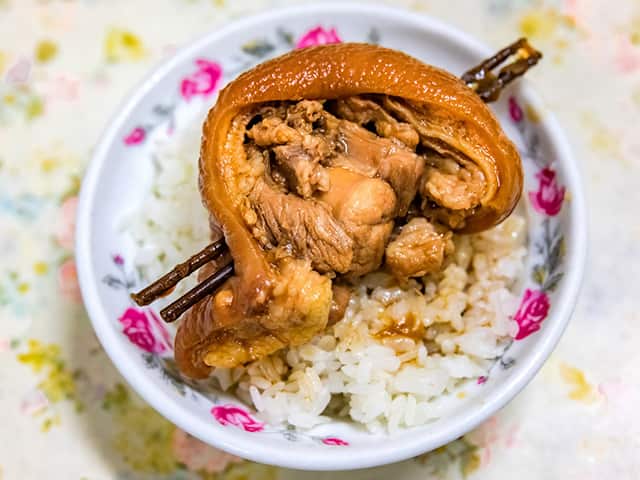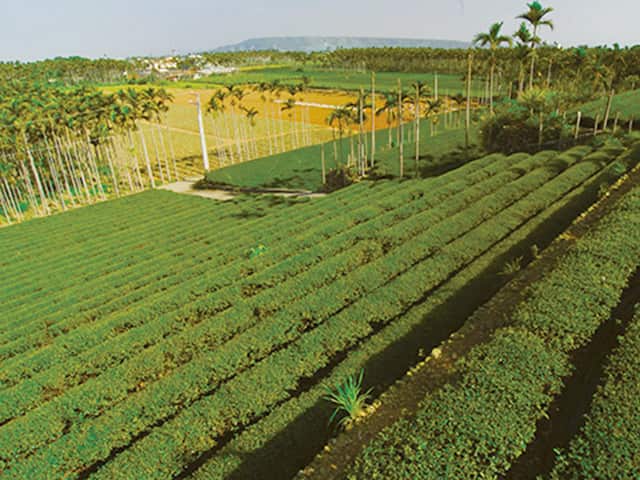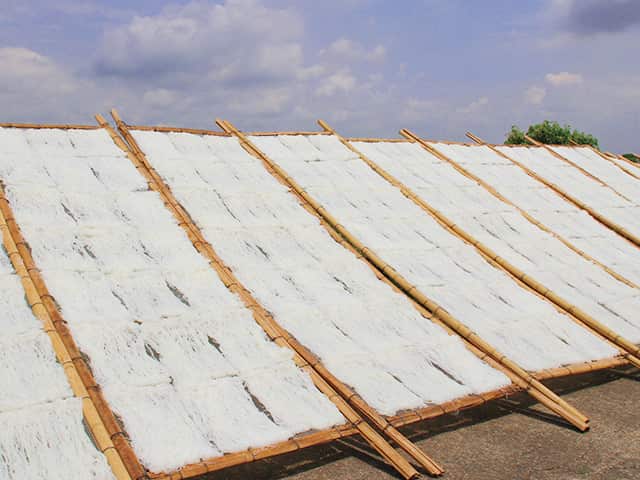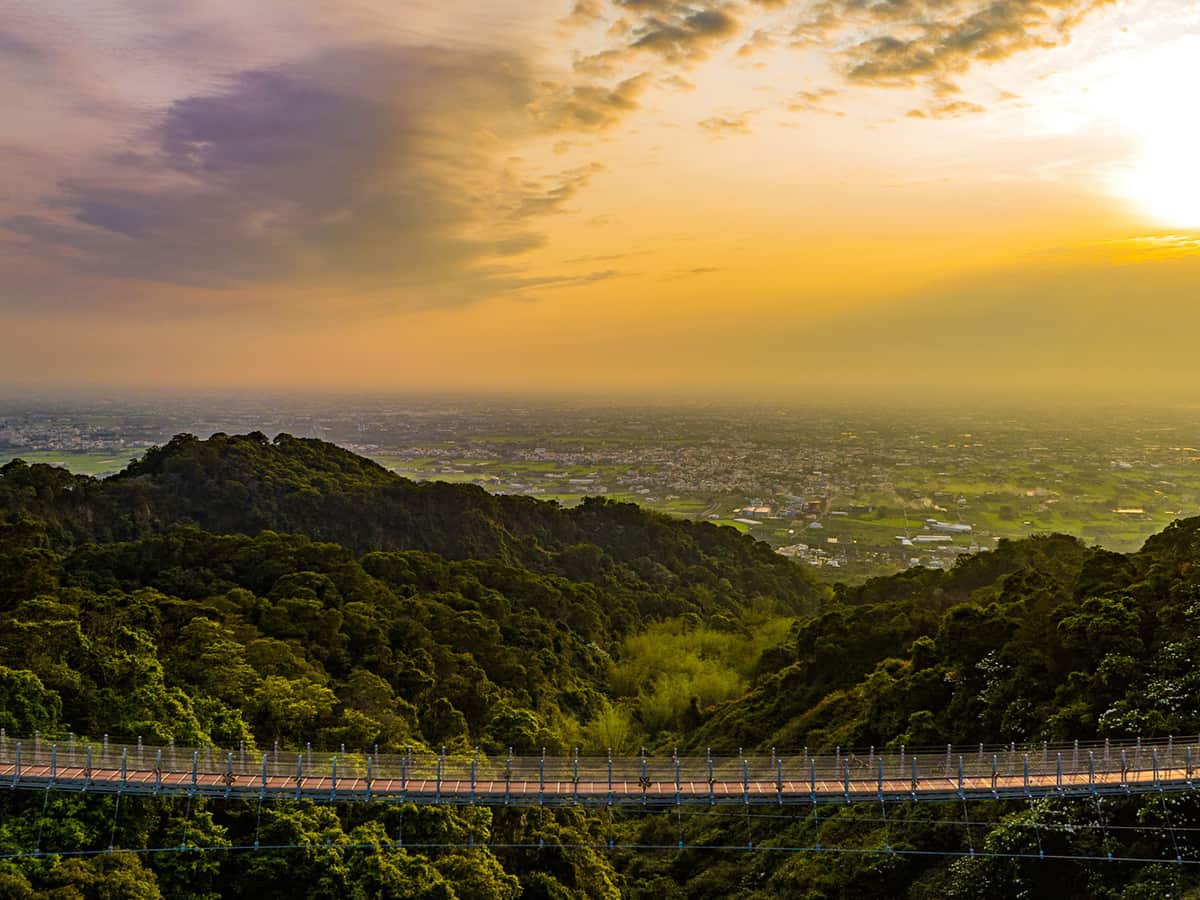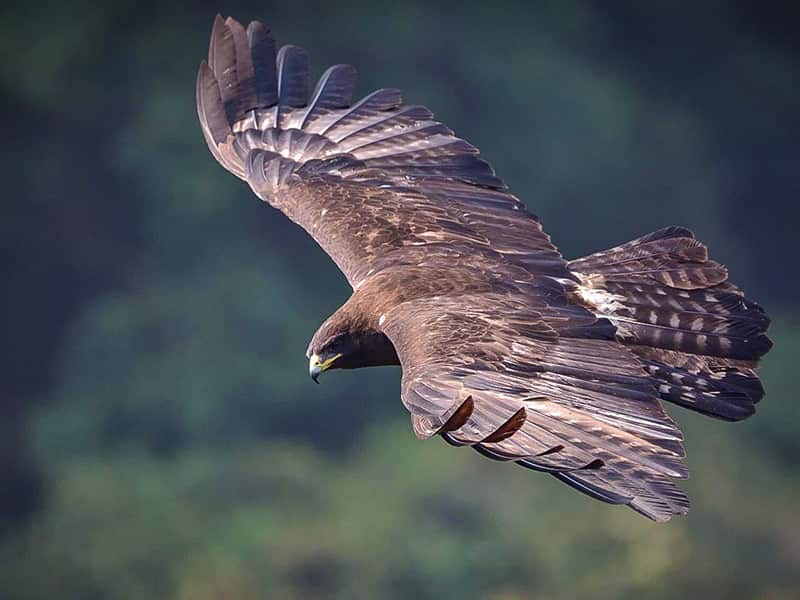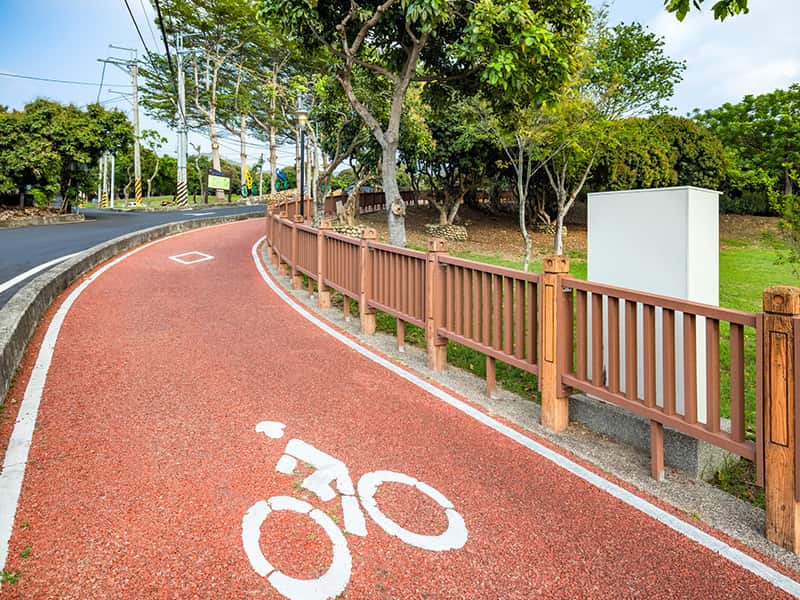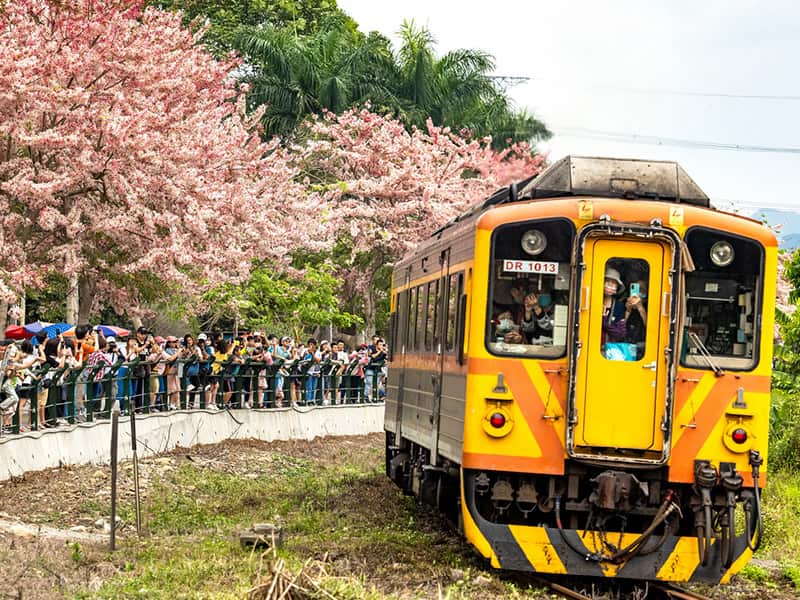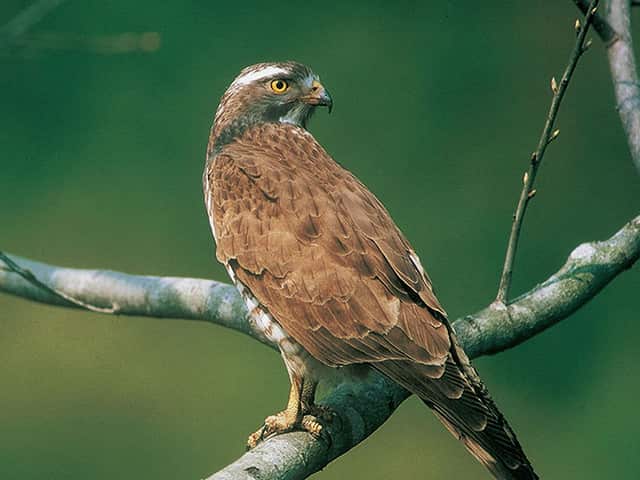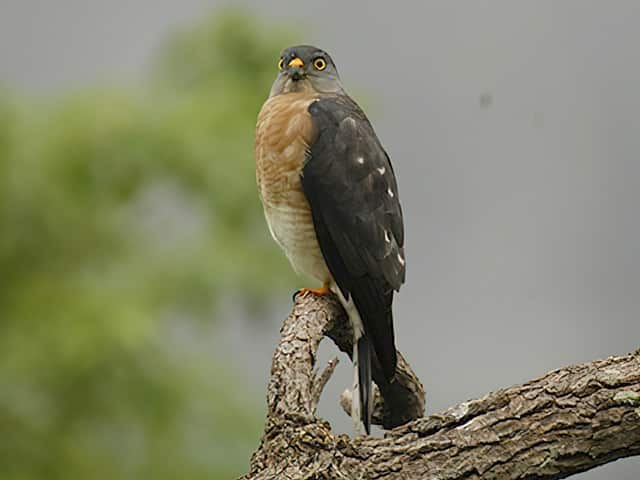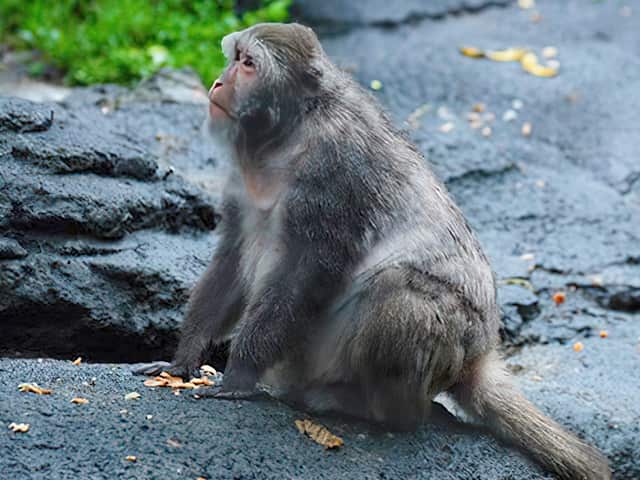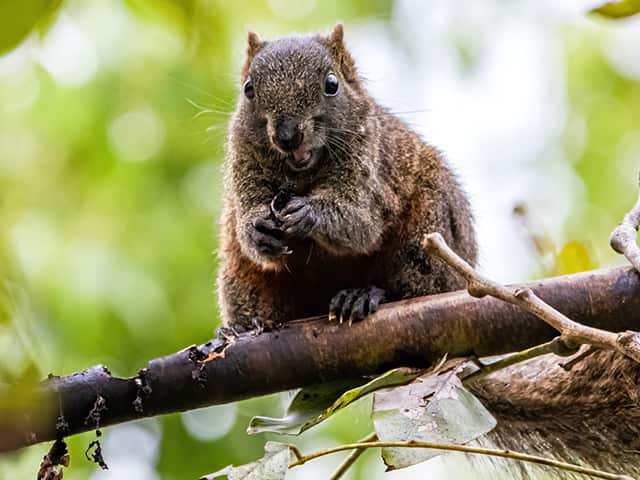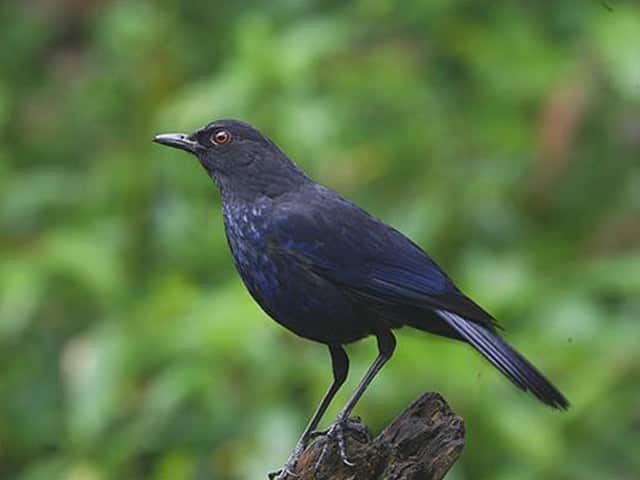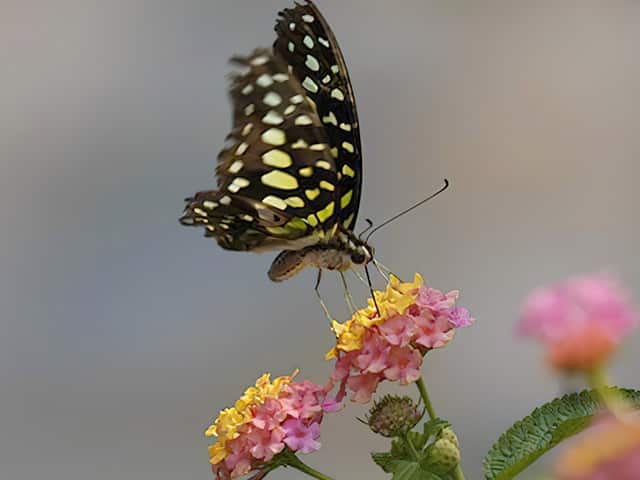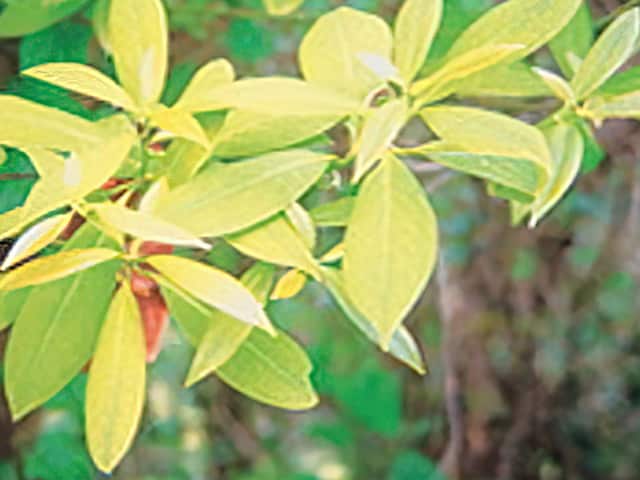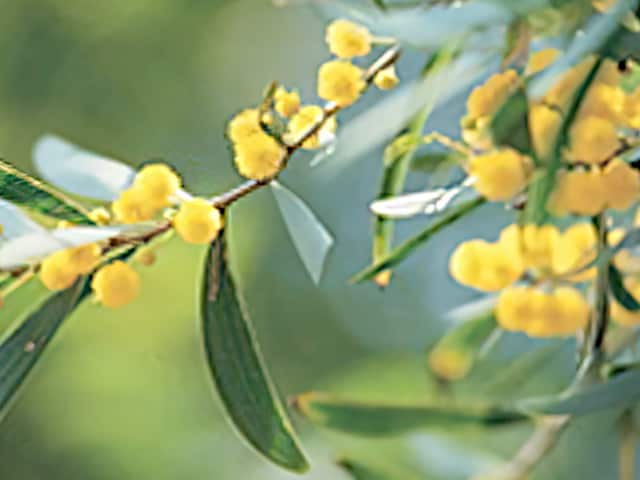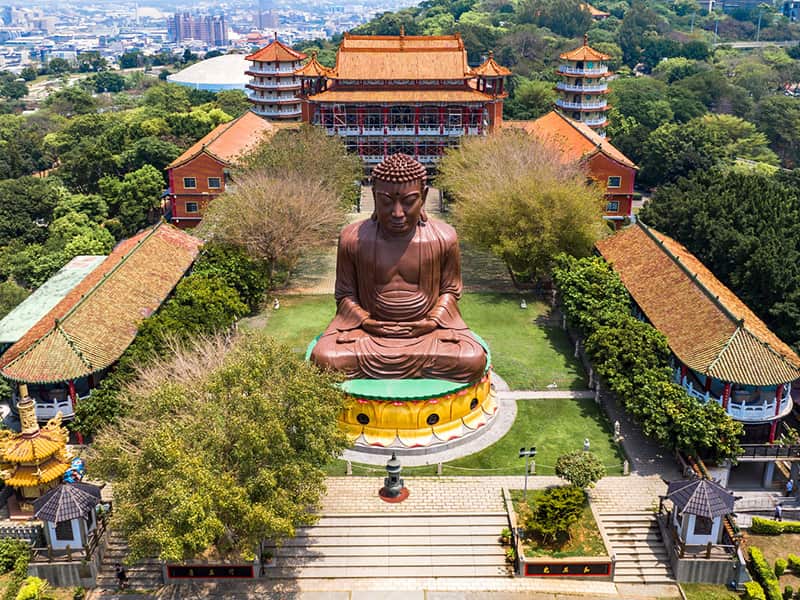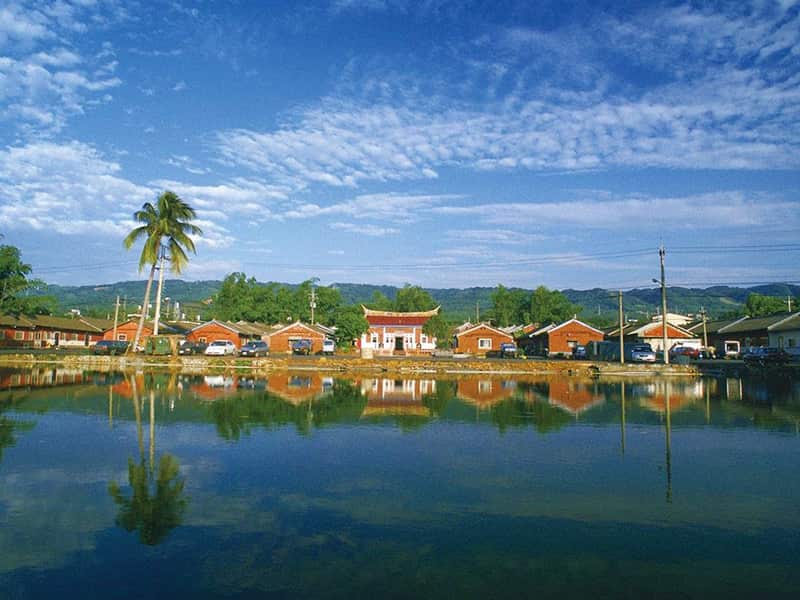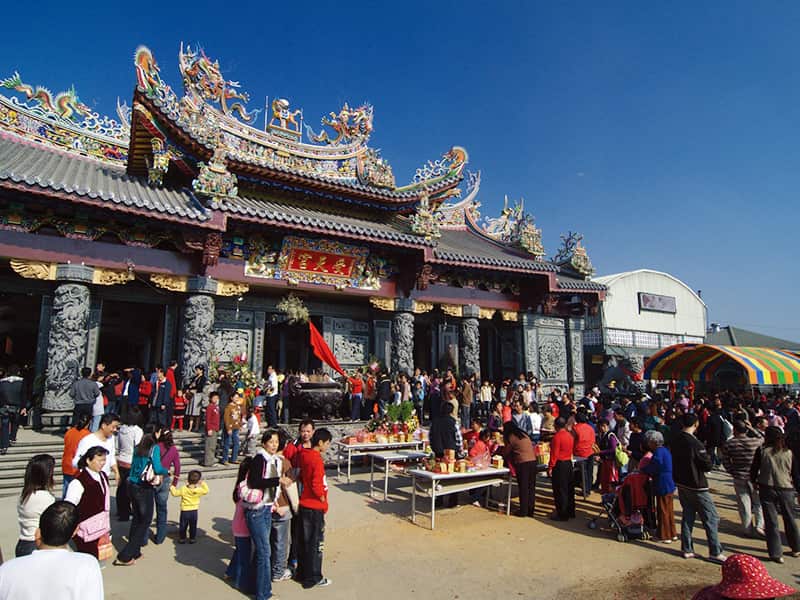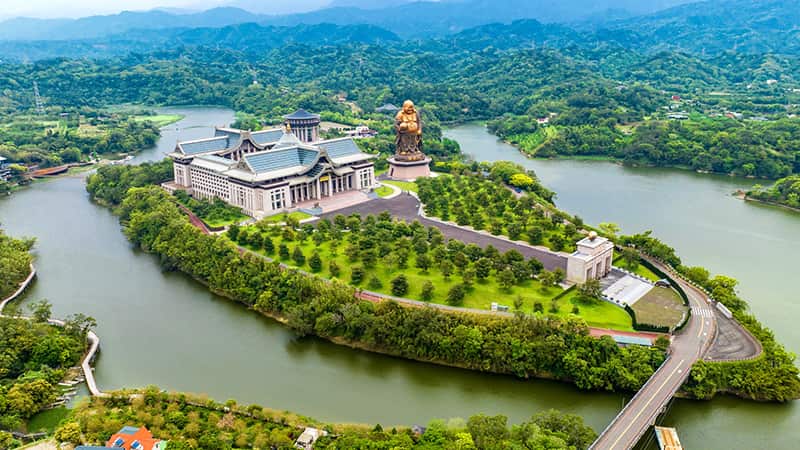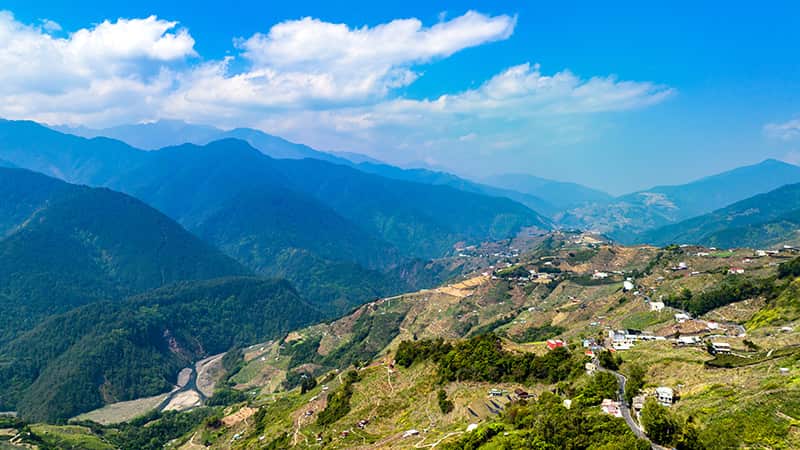Baguashan
A mountain full of ecological discoveries
Today--°C
POP%
Walk into Baguashan to explore this ecological treasure trove next to the city
Located at the border of Changhua and Nantou, Baguashan features abundant ecological resources, making it an ideal destination for ecology-discovery day trips. When visiting Baguashan, travelers can not only enjoy forest bathing on various hiking and historic trails within the renowned Baguashan Great Buddha, but also explore different unique cycling routes for a special experience, such as being surrounded by flowers or riding alongside trains. Every year, when grey-faced buzzards (Butastur indicus) migrate through Baguashan around the vernal equinox (“Chunfen”), the spectacle of their migration is truly impressive and is considered a major event every spring.
- Ecological tour
- Eagle-watching hotspot
- Hiking in the mountains
- Free roaming on bicycle
Regional features
- The awe-inspiring sight of grey-faced buzzards migrating through Baguashan around the vernal equinox every year is unforgettable.
- In April and May, the Tung Blossom Festival, featuring the snow-like tung blossoms, is a must-visit during the blooming season.
- Experience the thrill of racing trains on the Ershui Bikeway!
- Baguashan Skywalk and Houtanjing Sky Bridge offer a breathtaking aerial view of Baguashan.
- Explore the path of faith by visiting the Baguashan Great Buddha and several ancient temples.
The must-visit scenic spots of Baguashan
- Baguashan Ecology Visitor Center (Grey-faced Buzzard Exhibition Hall)Located near the Baguashan Dafuo Scenic Area, the visitor center primarily provides information about the grey-faced buzzards that migrate through the area each March, as well as the rich flora and fauna of the Baguashan mountain range.
- Baguashan Great Buddha Scenic AreaWith a height of approximately 22 m, the Baguashan Great Buddha is a renowned landmark within the scenic area. The observation platform in the front also offers visitors the opportunity to enjoy panoramic views of the Changhua cityscape.
- County Highway 139 Scenic RouteThe County Highway 139 Scenic Route that connects Changhua's Great Buddha and Nantou is lined with flamegold rain trees (Koelreuteria elegans), tung trees (Vernicia fordii), and more, providing stunning and vibrant scenery throughout the year.
- Tianzhong Forest ParkThe Tianzhong Forest Park is a circular hiking trail where visitors can enjoy scenic views from its summit of the entire Tianzhong Township. It is a highly recommended destination for enjoying forest bathing!
- Old Mother-Daughter Camphor TreesThe Old Mother-Daughter Camphor Trees located in a now-removed forest are approximately 300 years old. They earned their name due to their resemblance to a mother and daughter standing together.
- Explore more scenic spots ➞
Local delicacies that must not be missed
The Three Treasures of Changhua
Changhua has three treasures: Taiwanese meatballs (“Ba Wan”), soy-stewed pork with rice, and Maoshu (“niáu-chhú” in Taiwanese language) Noodles. Whether it's the chewy texture of Taiwanese meatballs, the savory and satisfying soy-stewed pork with rice, or the simple and delicious Maoshu Noodles, they are all classic must-try delicacies when you visit Changhua.
Songbo Evergreen Tea
Situated at the southern end of the Baguashan mountain range, Songboling features red soil and a cool climate that are ideal for growing tea trees. Therefore, the tea produced in this region has a delightful fragrance and a mellow and smooth texture, and is considered a must-buy local specialty by many travelers.
Fengkeng Rice Noodles
Fengkeng is situated in Fenyuan Township, Changhua. Its windward terrain and pure mountain spring water contribute to the high moisture content and chewy texture of Fengkeng Rice Noodles, making them a must-try when visiting Baguashan!
Delve deeper into Baguashan
Natural ecology
Located between flatlands and gentle slopes, the Baguashan Scenic Area has exceptionally beautiful landscapes and offers ecological diversity. In addition to Formosan rock macaques (Macaca cyclopis), Pallas's squirrels (Callosciurus erythraeus), and Taiwan acacia (Acacia confusa Merr.), you can also observe raptors, such as grey-faced buzzard and Chinese sparrowhawk (Accipiter soloensis), as they nest on their way to their northern habitats! The precious and rare ecological spectacle has led to the annual “Yinyang Bagua” eagle-watching event at Baguashan, attracting numerous visitors to participate in this grand celebration each year.
Grey-faced Buzzard
Chinese Goshawk
Macaca cyclopis
Red-bellied Squirrel
Myiophoneus Insularis
Graphium Agamemnon
Machilus zuihoensis
Acacia confusa
Cultural Charm
The historical tracks of Baguashan
Baguashan was originally recorded as “Wanliaoshan” in the earliest historical documents. It was only after the Lin Shuang-wen Rebellion that it gradually acquired the name “Baguashan”. Today, the Baguashan Great Buddha has become an iconic symbol of the region, and the abundant ecological travel options have given Baguashan a whole new identity.
Hokkien (Minnan) culture
Since the Ming and Qing dynasties, Hokkien (also known as Minnan, literally referring to southern Min) people, primarily from Quanzhou and Zhangzhou, gradually migrated to Taiwan to forage and brought the rich southern Min culture to the Baguashan region. The ancient buildings, including the Liu House in Shetou Township, that still stand today also reflect the lifestyle of the immigrants at that time.
The footprints of faith
Led by the Great Buddha, Baguashan has a number of historical temples, such as the renowned Hushanyan (Hushan Temple), Bishanyan (Bishan Temple), and Qingshuiyan (Qingshui Temple). These temples are said to have played a role in the legendary journey of Emperor Jiaqing to Taiwan; alongside them stands the Shoutian Temple, celebrated as one of Nantou's Eight Scenic Views: “Distant Views from Songling”. All of these places bear the indelible footprints of our ancestors' faith.
Transportation
Public transportation
Taiwan Railway
Take a ride to Changhua, Yuanlin, Tianzhong or Ershui. Then transfer to other transportation options to reach your destination.
Taiwan High Speed Rail
Take a ride to Taichung or Changhua. Then transfer to other transportation options to reach your destination.
Intercity Buses
Take a ride on the Chang Hua Bus to reach scenic spots within the Baguashan Scenic Area
Taiwan Tourist Shuttle service
Shuttling between hot scenic spots and the main transfer station will facilitate your journey to Baguashan!
Self-drive travel
Departing from Northern Taiwan
- To Baguashan Great Buddha
Take exit at Wangtian Interchange on National Freeway 1 →Provincial Highway 1 towards Baguashan Dafuo Scenic Area - To Baiguoshan
National Freeway 1 → Take exit at Lincuo Interchange on Provincial Highway 76 →County Highway 137 towards Baiguoshan Recreation Area - To Songboling
Take exit at Mingjian Interchange on National Freeway 3 → County Highway 139B towards Songboling Recreation Area
- To Baguashan Great Buddha
Departing from Southern Taiwan
- To Baguashan Great Buddha
Take exit at Kuaiguan Interchange on National Freeway 3 → Provincial Highway 74A → County Highway 139 towards Baguashan Dafuo Scenic Area - To Baiguoshan
National Freeway 1 → Take exit at Lincuo Interchange on Provincial Highway 76 →County Highway 137 towards Baiguoshan Recreation Area - To Songboling
Take exit at Mingjian Interchange on National Freeway 3 → County Highway 139B towards Songboling Recreation Area
- To Baguashan Great Buddha
Departing from Eastern Taiwan
- Travel southward via National Freeway 5 after reaching northern Taiwan; or travel northward via the South Link Highway or Southern Cross-Island Highway after reaching central and southern Taiwan.
Explore other regions
